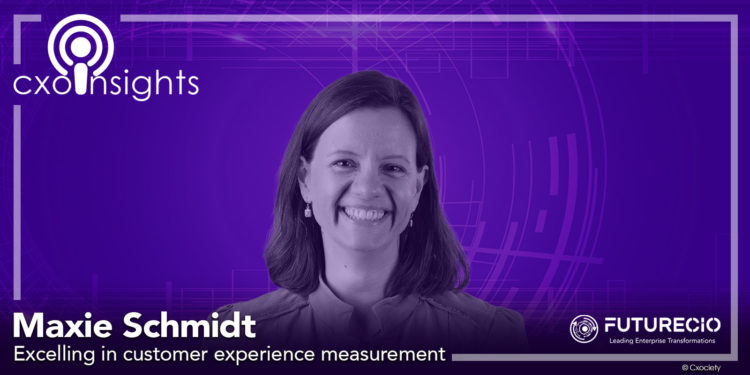History suggests that the ideals of customer experience can be traced to the development of market research as a method of improving advertising in the 1920s. The practice spread to other sectors following World War II the boom of consumerism.
Nearly a hundred years have passed with much experience and an abundance of technology, we must ask: Have we achieved the pinnacle of customer experience best practices?
Maxie Schmidt, vice president and principal analyst with Forrester, says customer experience measurement efforts have room for improvement. According to Forrester's 2022 State Of VoC And CX Measurement Practices Survey, nearly half of the respondents rated the maturity of their VoC and CX measurement program as low or very low and that teams struggle with a lack of collaboration and buy-in from other departments.
Schmidt cited three areas where CX measurement has room for improvement: track, embed and prove value.
- CX teams still depend on surveys to measure customer experience but can't track quality.
- CX teams believe that stakeholders in their organization consider the program vital. However, the teams are ineffective at practices that empower stakeholders and hold them accountable
- CX pros find difficulty in linking CX metrics to business metrics.
Click on the PodChat player to hear Schmidt's perspective on how organisations can improve and excel in measuring customer experience.
- Let's start with a baseline: What is customer experience (then and now)?
- What has brought about this loss of connection to the customer? Does it have to do with our greater reliance on technology?
- Among CMOs we speak to, the term customer experience framework has now become part of the vocabulary. What is a customer experience framework?
a. Where does this framework fit in a customer experience transformation effort? - So start with a vision, and build a framework from there, to guide your customer experience strategy.
You wrote in a blog that low measurement maturity is a challenge for customer experience leaders. Why do you think so? - For many marketers we speak to net promoter score seems to be the tool to use when it comes to measuring customer experience. Is this true?
- On the topic of CX measurement:
a. How does an organisation which metrics should form part of their measurement toolsets?
b. In your experience, do best-in-class marketing organisations have these tools and practices as part of their customer experience strategy?
c. On average, where do most organisations struggle when it comes to executing customer measurement strategies and achieving desired customer experience strategies?
d. How does an organisation know what best practices fit their organisation's business model? - How would the customer experience leader sell the idea of customer experience transformation to the C-suite and board?
- For an organisation serious about customer experience measurement, what is the bare minimum that needs to be addressed?
- Understanding that customer experience is the realm of the CMO, what can the CIO/CTO and IT team do to help support/realise the goals of customer experience?
- According to Forrester's research, is this cool connection between marketing, the customer experience team and IT, is it prevalent?
- What needs to happen to make this cool connection a reality in existing organisations?
- What is your advice for the different heads that work together to achieve the desired customer experience?





